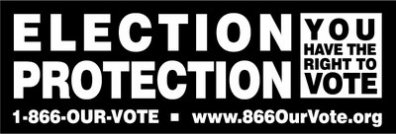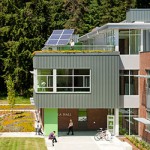Important Websites, Organizations, and Other Resources for Voters
I encourage you to check out the following sites and organizations; follow, share, and support some of them; check your voter registration status; and get involved in some way (e.g., by sharing useful information and links, sharing your opinions in a civil manner, registering new voters, volunteering for a campaign, or working at or monitoring the polls on election day). Please vote and do whatever you can to get more pro-environment candidates elected to Congress and to state-level (and local) offices, and to prevent DT from getting elected. I’m not too proud to beg and plead. It’s not an overstatement to say that our future and the collective future of humanity and our planet will be significantly affected by the outcome of this election.
[Note: Several new links have been added in the weeks and months since this post was first published.]
- League of Conservation Voters’ endorsements
- Sierra Club’s endorsements (also check their local chapters for state and local endorsements)
- NRDC Action Fund’s endorsements
- Climate Hawks Vote endorsements
- NextGen Climate endorsements
- State-level Leagues of Conservation Voters (look up your state’s organization on the map; go to their site to find their state and local-level endorsements)
See our related (Part II) post for a list of Candidates Endorsed by Enviro Groups.
Candidate Information
- Hillary Clinton’s environmental record
- Hillary Clinton’s stances and plans (click on the page’s Environment tab)
- “GOP and Democratic Platforms Highlight Stark Differences on Energy and Climate,” by Phil McKenna
- “The Republican Environmental Platform: Making Facts an Endangered Species,” by Chris Clarke (KCET)
- “This is How Fascism Comes to America,” (on DT), by Robert Kagan
- Films: You’ve Been T’rumped; You’ve Been T’rumped Too; A Dangerous Game
- “Jill Stein is Terrible for Environmentalists,” by Jeff Mackey
- “The Left Deserves Better Than Jill Stein,” by Kate Aronoff
- “Progressives: Vote for Hillary Clinton,” by MoveOn.org’s Executive Directors
- “To My Friends on the Left: Hillary Clinton is Not the Enemy,” by Jeffrey Isaac
- “Gary Johnson: Not Who You Think He Is” (Note: Libertarians don’t believe in environmental regulations; they think the free market will stop pollution voluntarily… So IMHO, no one concerned about environmental health or the climate should ever vote libertarian.)
Voting / Election Information
(check your current voter registration status, register or re-register to vote, get ballot/election information, ID requirements, poll location, etc.)
- Election Protection: 866-OUR-VOTE

- Vote411.org
- CanIVote.org
- Rock The Vote
- U.S. Election Assistance Commission
- Vote Riders (Voter ID info and assistance: 844-338-8743)
- Voter’s Edge info on ballot measures (for CA, NY, and IL)
- California: CA Progressive Voter Guide
Voting-Related Advocacy Groups
- NextGen Climate
- League of Conservation Voters
- Chispa (LCV groups in AZ, NV, CO, NM, and MD)
- 350Action.org’s GOTV efforts
- NRDC Action Fund
- Environmental Voter Project
- Rock The Vote

- HeadCount
- Voto Latino & NALEO
- Emily’s List
- League of Women Voters
- VoteVets.org
- NAACP civic engagement resources
- Campus Vote Project
- VoteRiders
- Voter Participation Center
- Nonprofit VOTE
- VerifiedVoting.org
- Election Verification Network (EVN)
- Project Vote
- Brennan Center for Justice
- Lawyers Committee for Civil Rights
- ACLU (American Civil Liberties Union)
- Common Cause
- MoveOn.org : United Against Hate campaign
- People for the American Way
- Other important voting advocacy orgs
- Citizenship / naturalization resources, local organizations, and assistance
- More information on applying for citizenship / naturalization
- Bernie Supporters for Hillary
- Stop Hate, Dump T-rump
- Republicans for Hillary (one of several such groups)
- Republicans Against T-rump (one of several such groups)
Consider volunteering for or donating to your favorite candidates (for state, local, or federal offices) or to some of the election/voting groups listed above or groups such as:
- Democratic Senatorial Campaign Committee (DSCC)
- Democratic Congressional Campaign Committee (DCCC)
- Democratic Governors Association
- Your local (county, city, or state) Democratic Party
Recommended articles:
“Voting isn’t a valentine. It’s a chess move.”
[In other words, your vote should be strategic; you don’t have to love the candidate or think she’s perfect.]
– Rebecca Solnit
“Our job is not to elect a savior. Our job is to elect someone we can effectively pressure.”
– Bill McKibben
Related posts:
I hope you’ll share this post with your friends and community.
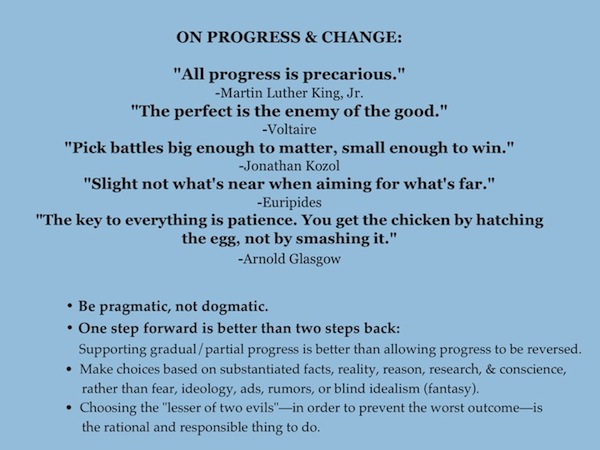





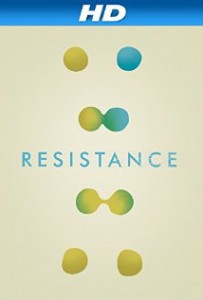
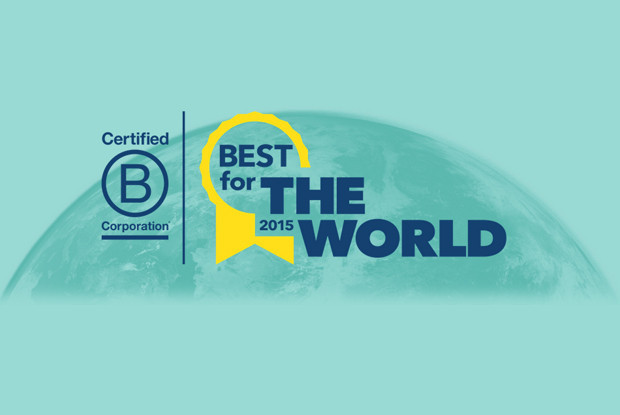




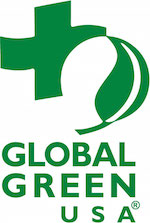


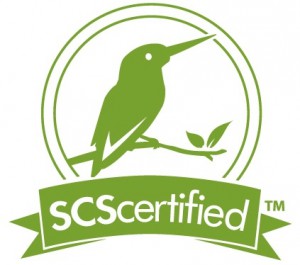


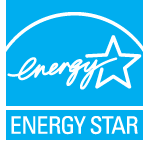
](https://www.thegreenspotlight.com/wp-content/uploads/2014/12/WS-Meets-Logo11-150x150.jpg)
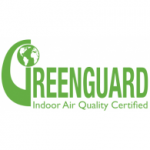
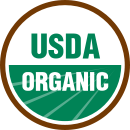
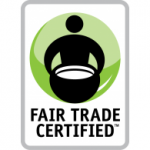
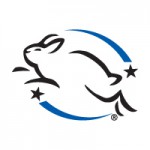
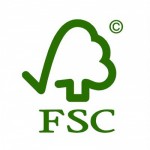

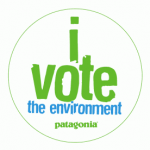 Vote as if the future depends on it. It does. Vote as if your life—or your child’s life—depends on it. It does, in a general if not a direct way. The future state of our climate, environment, health, and civilization—not only in the United States but around the world—will be greatly affected by who is in charge or in a position to obstruct progress (nationally and locally) over these next few years and beyond. It is critical that all of us environmentally-conscious voters vote in every election, including primaries as well as mid-term (non-presidential) elections, such as the 2014 U.S. election in November. Every election is important. Remember: Apathy is surrender. Please—don’t be (a)pathetic.
Vote as if the future depends on it. It does. Vote as if your life—or your child’s life—depends on it. It does, in a general if not a direct way. The future state of our climate, environment, health, and civilization—not only in the United States but around the world—will be greatly affected by who is in charge or in a position to obstruct progress (nationally and locally) over these next few years and beyond. It is critical that all of us environmentally-conscious voters vote in every election, including primaries as well as mid-term (non-presidential) elections, such as the 2014 U.S. election in November. Every election is important. Remember: Apathy is surrender. Please—don’t be (a)pathetic.
